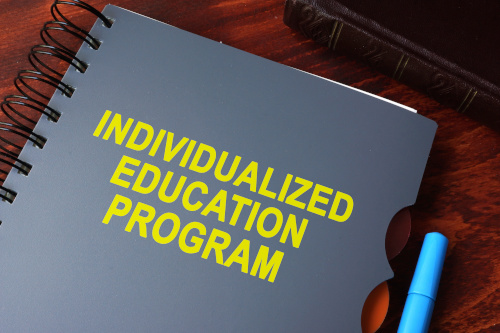
There’s no doubt that every student lost valuable in-person school time over the last two school years. But students with IEPs faced additional challenges keeping pace during remote or hybrid learning.
Now that students have generally returned to their school buildings, educators are preparing for customary IEP reviews and progress reports. However, they are likely juggling a caseload that includes students who were not able to get IEPs during remote learning, not to mention a backlog of new IEP referrals that stacked up while our students have been transitioning between in-person, remote and hybrid situations.
Fallout from the last two years includes students who have had no in-person education for 12-18 months and special education teachers who were unable to work face-to-face with many of their students. We’ve also seen the teacher shortage grow, with many retiring or moving into other careers because of the stress, or having to quarantine as new strains of COVID arise. The combination of these factors makes it difficult to keep up with a caseload under normal circumstances, adding to the frustration for everyone.
Making it even more complicated are IEP meetings happening via Zoom or Google Hangouts, using sometimes-unreliable internet connections, and the need for increased parent involvement, which is not always possible.

